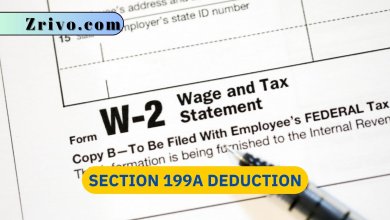Tuition and Fees Deduction 2023 - 2024
The tuition and fees deduction was an above-the-line adjustment to income that allowed taxpayers to subtract up to $4,000 in educational expenses.

The tuition and fees deduction allowed taxpayers to subtract up to $4000 of education-related expenses from their federal taxes. This above-the-line deduction didn’t require itemizing on Schedule A (Form 1040). Unlike other tax breaks that reduce your total tax bill dollar-for-dollar (such as the American Opportunity Credit and Lifetime Learning Credit), this deduction reduced your adjusted gross income (AGI). Qualified educational expenses include tuition, fees, course-related books, supplies and equipment, and a computer, if required by the institution. In addition, students can claim an above-the-line deduction for qualified interest paid on student loans. The tuition and fees deduction is not available to individuals who are claimed as someone else’s dependent, those who file a joint return, or those who are considered nonresident aliens.
As with all tax deductions, the tuition and fees deduction is subject to an income phaseout. This means that higher-income individuals will only receive a partial tax break or no benefit at all. If you’re in this category, consider claiming one of the two education credits instead. It’s also important to note that a person cannot claim both the deduction and education credit for the same expense. Expenses such as student activity and athletic fees, health insurance, transportation, and living expenses don’t qualify for either the tuition and fees deduction or an education credit.

Qualified Education Expenses
Qualified education expenses are money spent on college tuition, enrollment fees, books and class supplies, and equipment and materials for a specific course. The IRS defines qualifying education expenses in Form 1098-T, Tuition Statement, which schools typically send to students. Taxpayers who take distributions from a 529 plan are eligible for the tuition and fees deduction but receive a different type of tax form, IRS Form 1099-Q. These forms list the total distribution, earnings, and basis portions. The tuition and fees deduction cannot be combined with other education-related tax breaks. These include the American opportunity credit, lifetime learning credit, and state education credits.
Who Can Claim Tuition and Fees Deduction?
Unlike the American opportunity credit and lifetime learning credit, which have income limitations, all taxpayers can claim the tuition and fees deduction. However, the deduction is phased out at higher income levels.
While the Tuition and Fees deduction is no longer available, other education-related tax breaks are still around. The American Opportunity Tax Credit and Lifetime Learning Tax Credit are both education-related tax credits that you can claim by attaching a Form 8917 to your tax return. You can also save time and money by filing with tax software, start to finish, or filing a return with a live expert.





